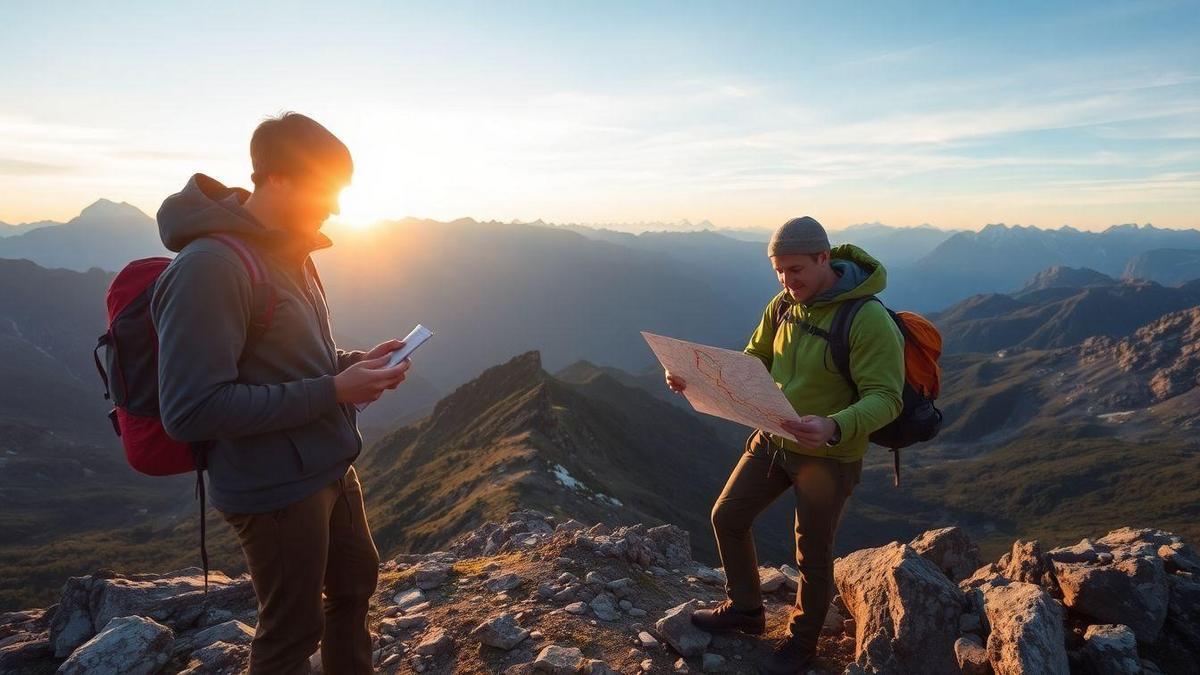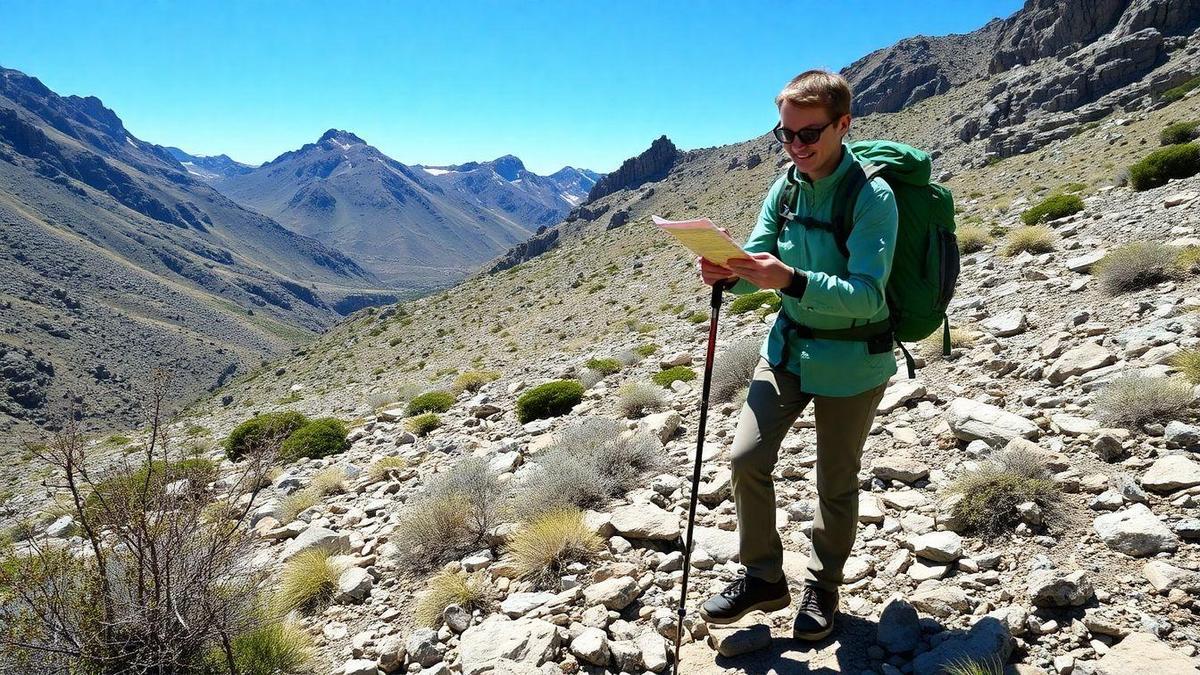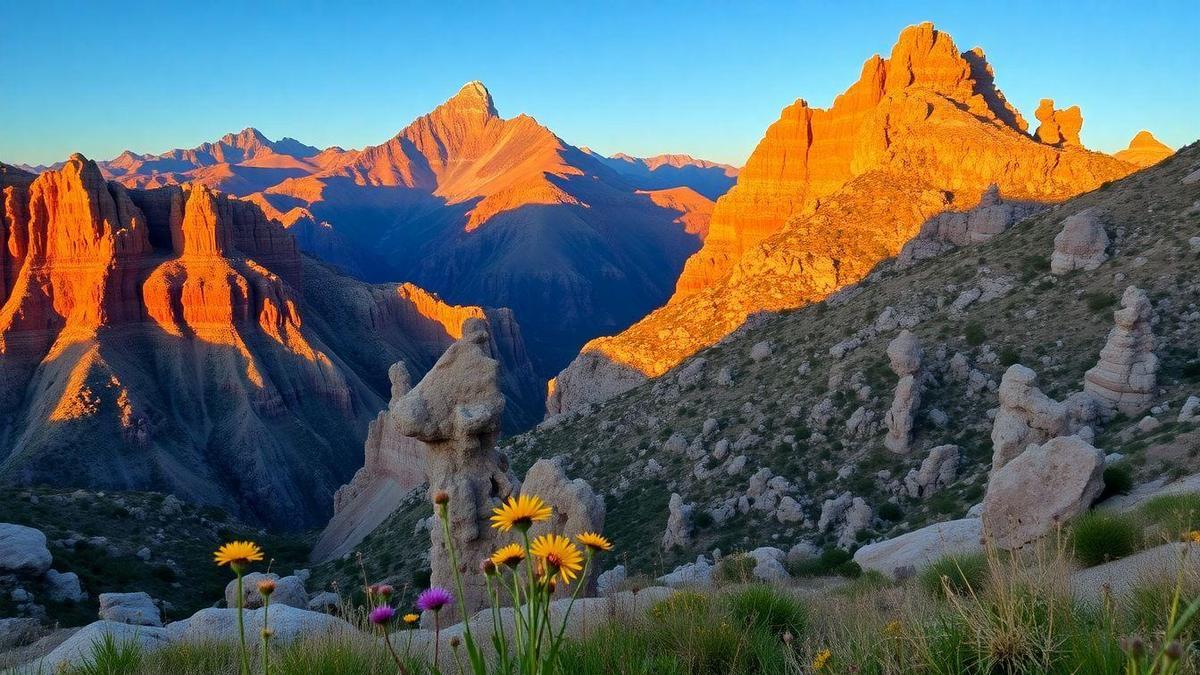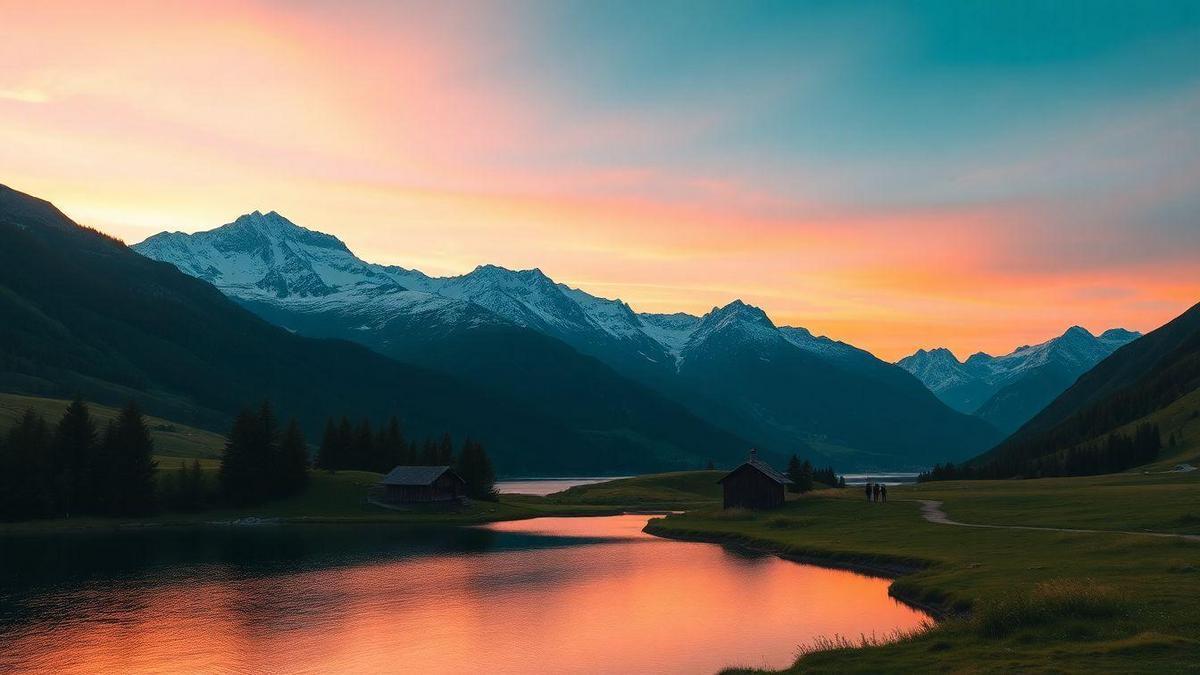
The Importance of Choosing the Right Climbing Partner
Building Trust with Your Climbing Buddy
When you’re about to tackle a mountain, having the right climbing partner can make all the difference. Trust is the glue that holds your climbing partnership together. You want someone who has your back, especially when the climb gets tough. Think of it like a dance; you need to move in sync, knowing each other’s strengths and weaknesses.
Imagine you’re on a steep path, and your partner spots you when you slip. That trust can turn a scary moment into a safe one. So, take the time to build that bond. Share stories, practice together, and communicate openly. This way, when you’re on the mountain, you both can focus on the climb, not on doubts.
Assessing Adventure Climbing Compatibility
Not everyone is meant to climb together. It’s important to check if you and your partner share the same climbing style and goals. Are you both looking for a thrilling adventure, or do you prefer a more relaxed experience?
Here are some questions to consider:
- What’s your experience level?
- How do you handle challenges?
- What are your climbing goals?
Answering these can help you figure out if you’re on the same page. If one of you is looking for a casual hike while the other seeks a high-stakes climb, it might lead to frustration.
Key Qualities of a Trustworthy Climbing Partner
To make your climbing experience enjoyable and safe, look for these key qualities in your climbing partner:
| Quality | Description |
|---|---|
| Reliability | Can you count on them when the going gets tough? |
| Communication | Do they listen and share thoughts openly? |
| Experience | Do they have the skills needed for the climb? |
| Supportiveness | Are they encouraging when you face challenges? |
| Adaptability | Can they adjust plans if things don’t go as expected? |
Finding someone who embodies these traits can make your climb not just safer, but also more enjoyable. A good partner can turn a tough climb into a shared adventure filled with laughter and support.
Understanding Mutual Climbing Skills
Evaluating Each Other’s Skills
When you think about climbing a mountain, one of the first things you need to do is evaluate each other’s skills. This means sitting down and having an open chat with your climbing partner. Talk about your strengths and weaknesses. Are you great at climbing, but not so much at navigating? Or maybe your partner is a whiz at reading maps but struggles with heights?
It’s crucial to be honest. This evaluation helps you both understand what each person brings to the table. You can use a simple checklist to keep track:
| Skill | You | Partner |
|---|---|---|
| Climbing Technique | ||
| Navigation Skills | ||
| Safety Knowledge | ||
| Physical Fitness |
This table can help you see where you both shine and where you might need to work together.
Balancing Strengths and Weaknesses
Once you’ve evaluated your skills, the next step is balancing strengths and weaknesses. This is where teamwork comes into play. If you’re good at climbing but your partner is better at planning the route, you can take turns leading.
Think of it like a dance; you both have to move in sync. If one of you is nervous about a tricky section, the other can offer support and encouragement. This balance can make all the difference when you’re faced with challenges on the mountain.
How Skills Impact Safety in Climbing Partnerships
Your skills directly affect safety in climbing partnerships. If you and your partner don’t have complementary skills, it can lead to dangerous situations. For instance, if one of you is inexperienced in safety protocols, it can put both of you at risk.
Here are a few points to consider for safety:
- Communication: Always talk about what you see and feel.
- Preparation: Make sure both of you know how to handle gear and emergencies.
- Trust: You must trust each other’s decisions, especially in tough spots.
When you climb together, remember that your safety is intertwined. If one of you struggles, the other must step up. It’s like a safety net that keeps you both secure.
Effective Communication in Climbing
Establishing Clear Climbing Goals
When you set out to climb a mountain, having clear goals is like drawing a map before a journey. It helps you stay focused and gives everyone a sense of direction. You might want to reach the summit, enjoy the view, or just have a great time with friends. Whatever your goals are, make sure to share them with your climbing partner. This way, you both know what to expect and can support each other along the way.
Sharing Concerns and Feedback
Climbing can be tough, and it’s normal to have concerns. Maybe you’re feeling tired or unsure about a tricky part of the climb. It’s important to speak up! Sharing your thoughts can help you both feel safer and more confident. Feedback is also crucial. If something doesn’t feel right, let your partner know. This open line of communication builds trust and helps you both tackle challenges together.
The Role of Communication in Climbing Safety
Communication is the backbone of climbing safety. When you’re on the mountain, a simple conversation can save lives. Here’s how:
| Communication Aspect | Importance |
|---|---|
| Discussing Risks | Helps identify potential dangers. |
| Using Clear Signals | Ensures you both know what to do in tricky situations. |
| Checking In Regularly | Keeps both partners aware of each other’s well-being. |
By having these conversations, you create a safety net for both of you. Remember, it’s not just about reaching the peak; it’s about getting there safely together.
Emotional Support During Climbs
The Need for Encouragement on the Mountain
Climbing a mountain is not just about physical strength; it’s also about emotional resilience. When you’re scaling heights, every bit of encouragement can make a world of difference. Imagine you’re halfway up a steep trail, your legs are burning, and you feel like giving up. A few words of support from your climbing partner can reignite that spark within you. You need someone who believes in you, someone who can lift your spirits when the going gets tough.
Handling Stress and Fear Together
Facing the mountain can bring up feelings of stress and fear. It’s completely natural to feel this way. The key is to tackle these feelings together with your climbing partner. Share your worries and fears openly. Talk about what scares you and listen to their thoughts too. This open communication can help lighten the emotional load.
Building a Supportive Climbing Environment
Creating a supportive environment is crucial. Here are some tips to foster that sense of support:
| Tip | Description |
|---|---|
| Communicate Openly | Share your feelings and encourage your partner. |
| Celebrate Small Wins | Acknowledge each other’s progress, no matter how small. |
| Be Present | Stay focused on each other’s needs during the climb. |
When both of you feel supported, it can turn a challenging climb into a memorable adventure. Remember, climbing is not just about reaching the top; it’s about the journey you share along the way.
Finding Compatible Climbing Companions
Where to Look for Climbing Partners
When you’re gearing up for a mountain adventure, finding the right climbing partner is key. You want someone who shares your passion and can handle the ups and downs of the climb. Here are some great places to look for climbing partners:
- Local Climbing Gyms: Many climbers meet at gyms. Check bulletin boards for partner requests.
- Outdoor Clubs: Join clubs in your area. They often organize group climbs.
- Climbing Courses: Sign up for courses. You’ll meet fellow climbers with similar skills.
Using Social Media and Climbing Groups
In today’s digital age, social media is a powerful tool for connecting with other climbers. Here’s how you can use it:
- Facebook Groups: Search for climbing groups. Join discussions and post about your climbing needs.
- Instagram: Follow climbers and reach out. You may find someone looking for a partner.
- Meetup.com: This site is perfect for finding local climbing events. Attend and meet potential partners.
Networking for Adventure Climbing Compatibility
Building a network is essential. It’s like planting seeds for future climbs. Here’s how to cultivate those connections:
| Strategy | Description |
|---|---|
| Attend Events | Go to climbing festivals or competitions. |
| Volunteer | Help out at climbing events to meet others. |
| Join Online Forums | Participate in discussions on climbing websites. |
By reaching out and engaging with others, you can find someone who matches your climbing style. Remember, choosing the right climbing partner for mountain adventures can make all the difference in your experience.
Safety Considerations in Climbing Partnerships
Assessing Risk Together
When you decide to climb a mountain, safety is key. Assessing risks is something you should do as a team. Talk about your skills and experiences. Are you both comfortable with heights? Have you climbed together before? Discuss any fears or concerns you might have. This helps build trust and understanding.
Here are some questions to think about:
- What are the weather conditions?
- Are there any dangerous spots on the route?
- How will you handle unexpected challenges?
By having these conversations, you can make smart choices together. It’s like being on the same page of a book; you need to know where the story is going.
Preparing for Emergencies as a Team
Emergencies can happen, even to the best climbers. So, you need to be ready. Preparing for emergencies means having a plan. Talk about what you would do if something goes wrong.
You might want to cover:
- First aid: Do you both know how to treat injuries?
- Communication: How will you stay in touch if you get separated?
- Escape routes: What paths can you take if you need to turn back?
Discuss these points, and practice your plan. It’s like having a safety net; it gives you peace of mind when you’re on the mountain.
Creating a Safety Plan with Your Climbing Partner
A safety plan is your roadmap to keep both of you safe. Here’s a simple table to help you create one:
| Safety Plan Element | Details |
|---|---|
| Emergency Contact | Who to call if something goes wrong? |
| First Aid Kit | What supplies will you bring? |
| Meeting Points | Where to regroup if you get separated? |
| Weather Check | Who will check the forecast before climbing? |
Discuss each element in your plan. Make sure you both agree and understand your roles. It’s like building a strong foundation for your climbing adventure.
Frequently asked questions
How do I find the right climbing partner for mountain adventures?
Start by looking for someone with similar goals. Share your climbing experience. It’s best to climb with someone who enjoys the same challenges.
What skills should my climbing partner have?
Your partner should have basic climbing skills. They should know safety rules and techniques. It’s helpful if they are experienced with the type of climbs you want to do.
Why is communication important in climbing?
Good communication is key for safety. You need to share plans and concerns clearly. This helps build trust and makes the climb smoother.
How can I assess if someone is a good climbing partner?
Watch how they climb. Are they careful and attentive? Talk with them. Ask about their climbing approach. This can help you see if you match well.
What if my climbing partner and I have different skill levels?
It’s okay to have different skill levels! Just be honest about it. Choose routes that suit both of you. This can make your adventures fun and safe.


